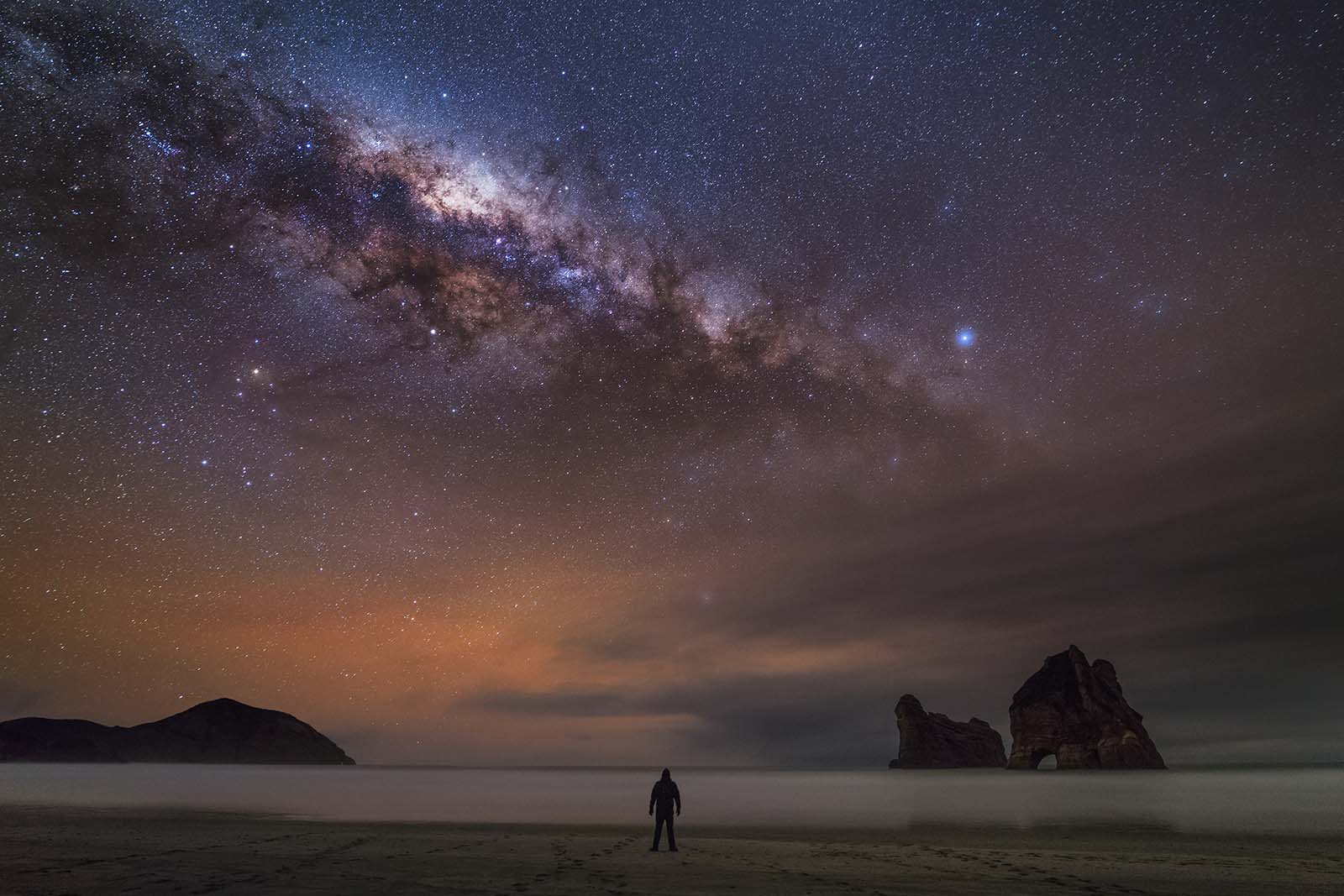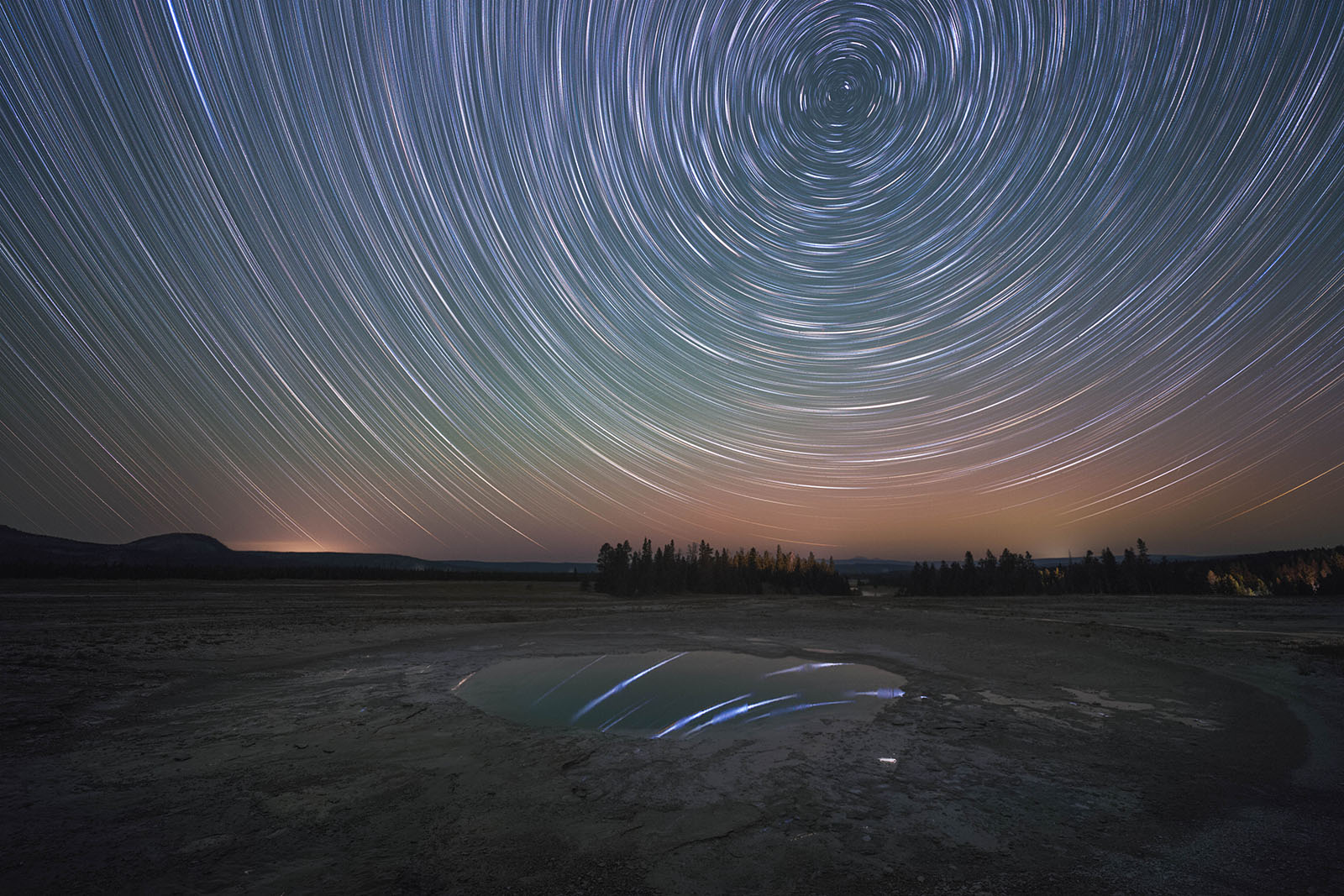The night sky can play a starring role in your photos. Here are the best Samyang lenses for shooting it.
Most of us have felt very limited in our photography of late, unable to get out and about to the kind of places that we love to visit. An upside is that you can shoot millions of miles into the distance from your very own back yard, just by setting your sights on the night sky. Even so, light is arguably the most important raw material for photography, so things get a bit tricky when there’s very little to play with. Naturally, shooting outdoors in the middle of the night is particularly challenging, even when the subject in question is the Milky Way on a clear, star-studded evening.
To make matters worse, the night sky is not only very dimly lit, but it’s also large and constantly moving. For good results, you need a wide-angle lens with a fast aperture rating. Here are the best Samyang lenses for astro photography.

Mikey MacKinven
Samyang 10mm f/2.8 ED AS NCS CS
A fast prime for crop-sensors
This manual-focus Samyang has an astro-friendly ‘effective’ focal length on crop-sensor cameras, ranging from 15-16mm on APS-C format bodies to 20mm on Micro Four Thirds. It’s available in many mount options, but only the Nikon-fi t version has built-in electronics.
Manual focusing is precise, with the focus ring operating smoothly and with long rotational travel. It comes complete with a focus distance scale and depth of fi eld markings.
Performance
Nano-structure coatings help to keep ghosting and fl are to a minimum. Performance is good in terms of coma, spherical aberration and vignetting, helping stars to retain their natural shape, even shooting wide-open at f/2.8. Sharpness isn’t great, however, and lateral chromatic aberration is a little worse than average.
Sharpness
Centre-sharpness is mediocre, but it doesn’t much towards the edges and corners.
Fringing
Colour fringing can be noticeable towards image corners, when uncorrected.
Distortion
There’s a fairly typical amount of barrel distortion for this type of wide-angle prime.
Digital Camera verdict
This lens works well for Micro Four Thirds and APS-C astro photography, where the lack of autofocus isn’t really a drawback. It’s well-made and great value.
Samyang MF 14mm f/2.8
Go fully manual on mirrorless
Unlike the majority of high-tech lenses for mirrorless cameras, this Samyang is an entirely manual affair. A drawback of this is that no lens-related Exif information can be captured and stored within image fi les. On the plus side, manual focusing often works best for shooting the stars, and you’re unlikely to stray away from the widest aperture anyway. Handling is very good with a silky-smooth action to the long-throw focus ring. The construction feels very solid and includes weather-seals.
Performance
Sharpness is very good across the image frame, even shooting wide-open at f/2.8, along with minimal coma and astigmatism, so pinpoint light sources of stars are faithfully reproduced. Barrel distortion can look pronounced when shooting architectural subjects, but it’s less of a problem for star shots.
Sharpness
Sharpness is impressive between f/4 and f/11, and remains very good wide-open.
Fringing
There’s very little fringing, even towards the extreme corners of the frame.
Distortion
Barrel distortion can be visible at close focus distances – not an issue for astro shots.
Digital Camera verdict
There’s a certain retro charm to this fully manual lens for mirrorless models. It’s nicely made, works well for astro photography, and is a bargain at the price.

Daniel Gangur
Samyang XP 14mm f/2.4
A premium-quality manual prime

Within Samyang’s stable of premium ‘XP’ manual-focus prime lenses for Canon and Nikon full-frame cameras, this 14mm f/2.4 is the most suited towards astro photography. High-quality glass is neatly wrapped in a solid casing with sublime handling. The rubberised manual focus ring has an long rotational travel with a particularly fl uid feel. This enables focusing with extreme precision.
Performance
Image quality at the widest aperture is markedly better than from the Irix 15mm and Sigma 14mm prime lenses on test. Spherical and lateral chromatic aberrations are negligible, while coma and astigmatism are very minimal indeed. Vignetting is also reasonably low, and there’s plenty of sharpness towards the corners of the frame. All-round image quality is highly impressive, even shooting wide-open.
Sharpness
Sharpness is very good across the image frame from corner to corner.
Fringing
Chromatic aberrations are negligible, especially at wide aperture settings.
Distortion
Barrel distortion can be visible at close focus distances but isn’t an issue for astro work.
Digital Camera verdict
Maintaining excellent image quality at the widest aperture for astro photography is a real challenge in an ultra wide-angle lens, but this Samyang performs admirably.

Wong Chap Him Timmy
Read the full review by Matthew Richards on Digital Camera World.
